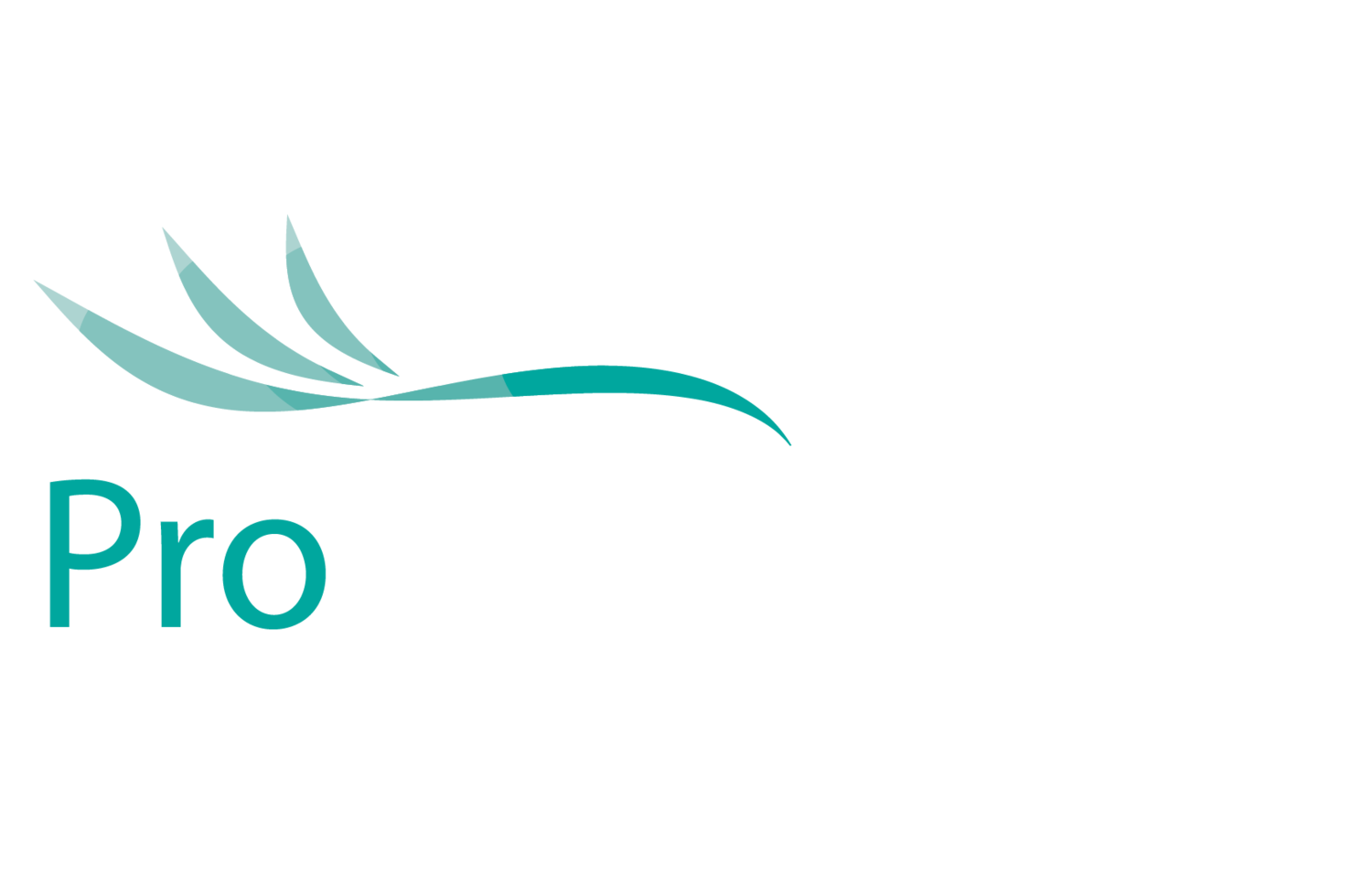Signs of Acidosis on the horizon from silages this winter.
MANAGING HERD HEALTH & PROFITABLITY
When we cast our minds back to the late spring early summer of 2021, it seems that most regions in Ireland had wet spells, which delayed the start of the silage season.
This has far-reaching implications for 1st cut silages taken at that time, particularly in terms of energy and digestibility being lower and poorer relative to other years.
This will negatively affect animal performance for the indoor season ahead and, if left unchecked, will contribute to decreases in profitability on farms this winter. But even when the necessary changes are made to diets, this could still lead to increased incidences of acidosis across the board.
There are several factors from this year’s 1st cut grass silages to look for in analysis reports. According to John Friel, ProNutri, taking note of these factors and acting accordingly in diet formulation could significantly improve animal performance this winter.
Energy: If energy levels are low, whatever is used to balance the forage part of the diet, will have to have an abundance of energy. The type of energy will be an important consideration too.
If energy levels in silages are low, it will be vital to include fast release energy such as vivergo distillers meal, barley or wheat to provide adequate energy for the bugs to ‘fire the rumen’. It will be crucial to balance that energy and buffer to avoid any acidosis that will hamper diet performance this winter.
Silage pH. Most grass silages reach a stable low pH of around 4 if well preserved. However, it is worth remembering that pH is a logarithmic scale. Therefore, a silage with a pH value of 3.5 has 10 times more acidity than one with a pH value of 4.5, and a hundred more times as one with a pH of 5.5.
As the optimal rumen pH is over 6.0, most silages contain several hundred times more acid than rumen liquor. Therefore, they require considerable buffering to give the bugs the ideal conditions ‘to fire the rumen’.
Lactic Acid: The principal fermentation acid of silage is the strongest acid in silage produced by the most acid-tolerant bacteria. Therefore, a high level of lactic acid is associated with relatively low pH values in silage. The range of lactic acid contents can be significant from as little as 20g/kg DM in silages of high DM content, which have restricted fermentations or poorly preserved silages in which lactic acid has been fermented to other acids, to as much as 200g/kg in wet silages which have undergone very extensive fermentations.
NDF includes hemicellulose, cellulose and lignin and is used in diet formulation to access the total fibre content of the diet, fibre intake and efficiency of rumen function.
Again, an adequate NDF 470- 500g/kg DM level is required to allow the bugs to‘ fire the rumen’. However, if the level is too high, this can be associated with reduced energy intake and will have implications on performance and subsequent profitability this winter.
Conclusion:
The levels of these factors will be crucial in determining the make-up and what type of diets will be formulated and fed this winter. It seems that a higher level of fast released energy will be needed. Therefore, make sure that diets are well balanced and buffered to minimise acidosis and improve profitability on farms for the winter ahead.

